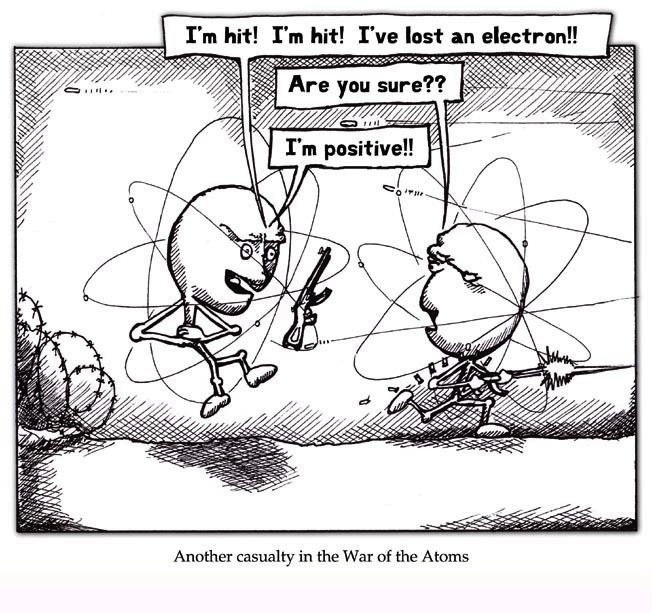Two examples of properties that are not state properties are Work (w) and Heat (q). For a state property such as temperature the initial and final value are all that matter i.e. if the initial temperature is 50°C then it moves to 60°C and then its final temperature is 70°C. The change in temperature...

